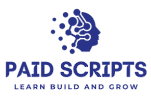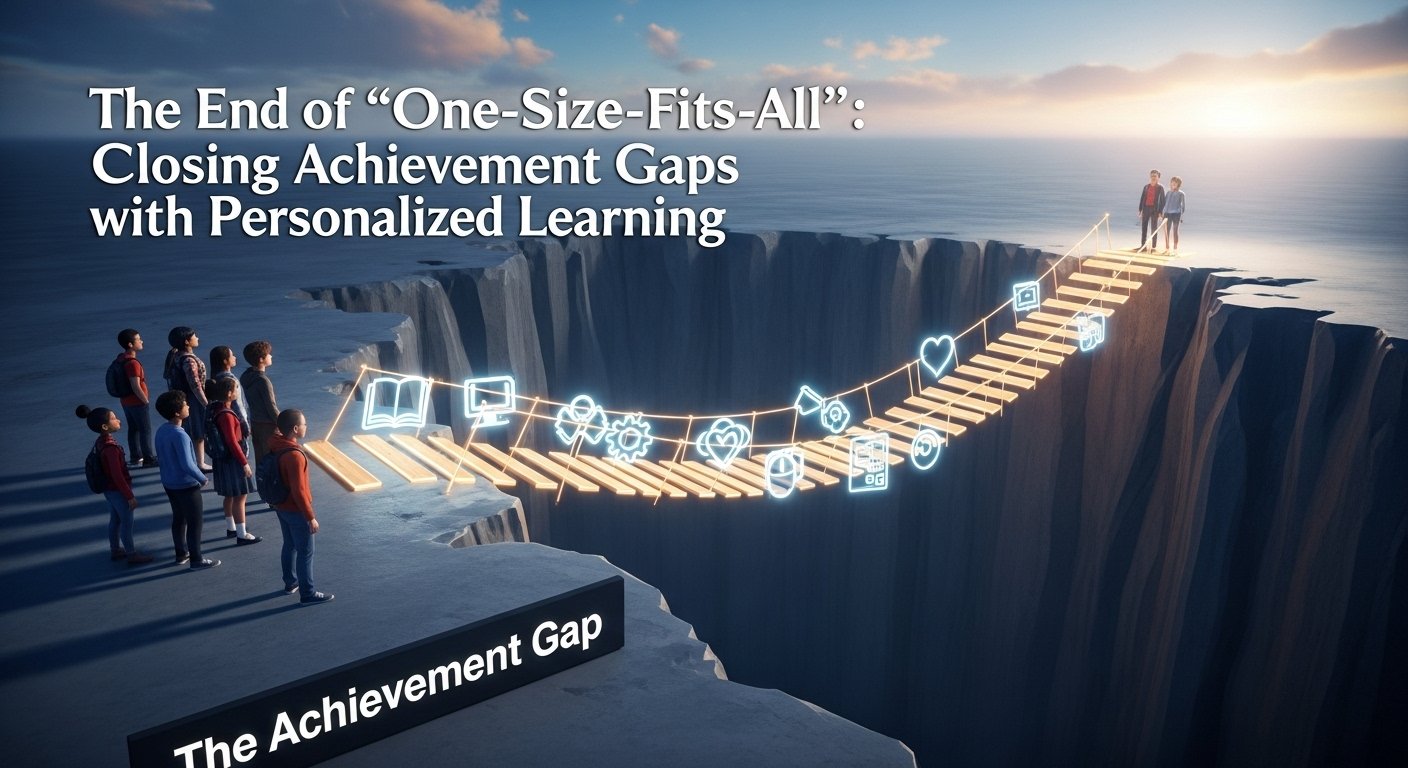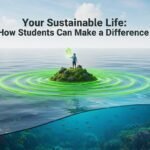The End of “One-Size-Fits-All”: How Personalized Learning Can Finally Close Achievement Gaps in US Schools
Picture a typical high school classroom in the US. In the front row, a student is bored, discreetly scrolling through their phone because they mastered the topic last week. In the middle, a handful of students are diligently taking notes, right on pace with the teacher. And in the back, a student is staring out the window, completely lost, not because they aren’t bright, but because a foundational concept from two chapters ago never quite clicked. The teacher, doing their absolute best, is teaching to the middle, unintentionally leaving students on either end behind. This scene, playing out in countless schools, is the quiet engine that drives our nation’s persistent achievement gaps. For decades, we’ve tried to fix this with standardized solutions, but the answer may lie in dismantling the “one-size-fits-all” model entirely. The answer is Personalized Learning.
For too long, Personalized Learning has been dismissed as an ed-tech buzzword, synonymous with simply putting students on adaptive software. But its true potential is far more revolutionary. It’s a pedagogical shift that honors the individual neurology, background, and passion of every single student. When implemented with a relentless focus on equity, Personalized Learning isn’t just a new teaching strategy; it’s a powerful tool for social justice, capable of systematically addressing and closing the stubborn achievement gaps that have plagued US schools for generations.
How to Start Online Tutoring in 2025 — Earn from Home
The Elephant in the Classroom: Understanding the Achievement Gap
Before we can talk about a solution, we have to be brutally honest about the problem. “Achievement gaps” are not just differences in test scores; they are the measurable, persistent disparities in academic outcomes between different groups of students. These gaps, thoroughly documented by organizations like The Education Trust, often fall along lines of race, ethnicity, socioeconomic status, and disability.
These gaps aren’t the result of some students being “smarter” than others. They are the product of systemic inequities—disparities in school funding, lack of access to experienced teachers, implicit biases, and curricula that don’t reflect the diversity of the student body. A traditional, rigid educational system often exacerbates these problems. When every student is expected to learn the same thing, in the same way, on the same day, we are guaranteeing that the students who don’t fit the mold will fall behind. Addressing this requires more than just a minor tweak; it requires a new operating system. That new system is Personalized Learning.
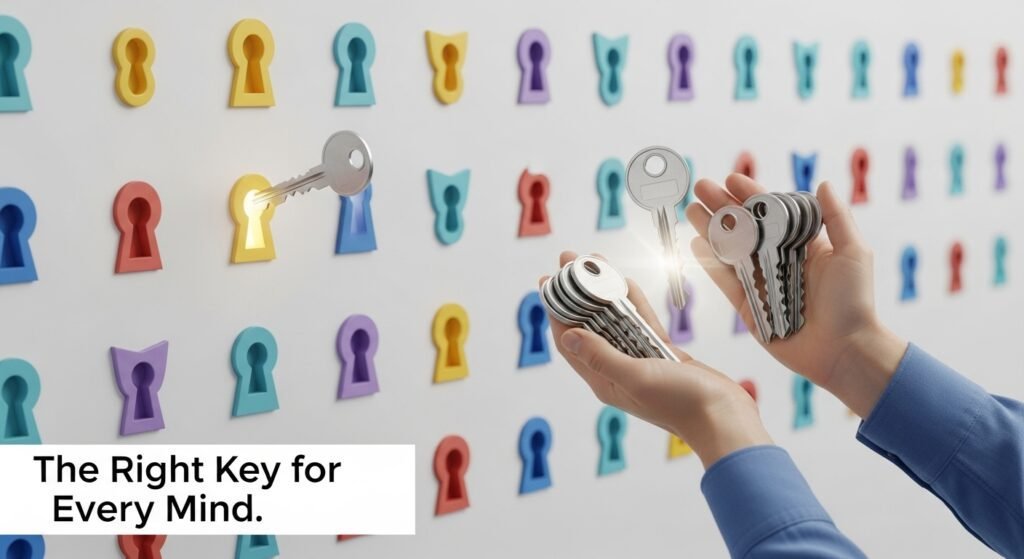
Personalized Learning: Deconstructing the Buzzword
So, what does Personalized Learning actually mean? It’s not about isolating students with technology. It’s about creating a flexible, student-centered environment where learning is tailored to each individual’s unique needs, strengths, and interests. While technology can be a powerful enabler, the philosophy itself is deeply human.
According to the Aurora Institute (formerly iNACOL), a leader in this field, high-quality Personalized Learning typically includes:
- Customized Learning Paths: Students have a voice and choice in what, how, when, and where they learn, guided by a teacher who acts more as a facilitator and mentor.
- Mastery-Based Progression: Students advance to the next topic only after they have demonstrated mastery of the current one. This prevents critical knowledge gaps from forming.
- Flexible Learning Environments: The classroom is a fluid space. Sometimes students work in large groups, sometimes in small, targeted workshops with a teacher, and sometimes independently.
- Student Agency: Students are empowered to take ownership of their education, setting goals, reflecting on their progress, and understanding how they learn best.
This approach fundamentally redefines the roles of teacher and student, creating a collaborative partnership aimed at unlocking each student’s full potential.
The Traditional vs. The Personalized Classroom: A Paradigm Shift
The difference between these two models is stark. It’s a shift from a system designed for industrial-era efficiency to one designed for information-age diversity.
| Feature | Traditional Classroom | Personalized Learning Classroom |
| Pacing | Teacher-paced; all students move together. | Student-paced; individuals or groups move when they demonstrate mastery. |
| Instruction | Whole-group, one-size-fits-all lessons. | A mix of whole-group, small-group, and individual instruction. |
| Student Role | Passive recipient of information. | Active co-creator of their learning path. |
| Assessment | Primarily summative (e.g., end-of-unit tests). | A blend of formative (real-time checks) and summative assessments. |
| Curriculum | Standardized and rigid. | Flexible and often incorporates student interests and cultural backgrounds. |
| Teacher Role | “Sage on the stage” (lecturer). | “Guide on the side” (facilitator, mentor). |
Export to Sheets
This table illustrates that Personalized Learning is not a minor adjustment but a complete rethinking of the educational experience.
How to Start Online Tutoring in 2025 — Earn from Home
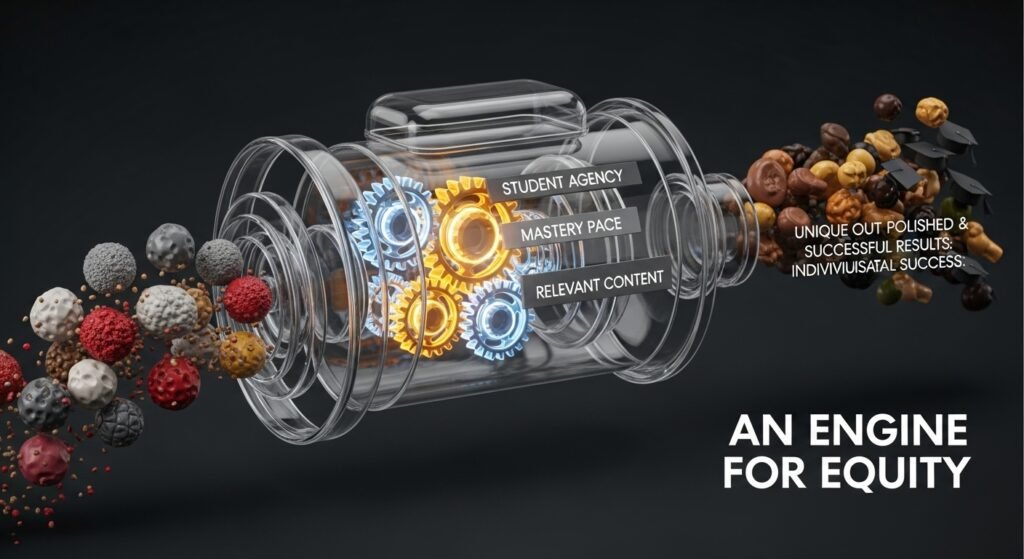
The Equity Engine: How Personalized Learning Directly Targets Achievement Gaps
This is where the true power lies. When implemented thoughtfully, Personalized Learning isn’t just “good teaching”; it’s a direct assault on the mechanisms that create and sustain achievement gaps.
Meeting Every Student Exactly Where They Are
In a traditional classroom, a 9th-grade teacher must teach 9th-grade material, even if some students are reading at a 6th-grade level and others at a college level. The result? The struggling students become more lost, and the advanced students become disengaged.
Personalized Learning shatters this model. Using diagnostic assessments, a teacher can identify precisely what each student needs.
- For the student who is behind, the system provides targeted interventions and foundational support without removing them from the grade-level classroom or stigmatizing them. They can work on mastering 7th-grade math concepts while their peers work on 9th-grade concepts, all within the same flexible environment.
- For the student who is ahead, they are not forced to do “more of the same” busy work. They can move on to more complex material, engage in passion projects, or explore the topic in greater depth.
Making Learning Culturally Responsive
Achievement gaps are often widened when students don’t see themselves or their cultures reflected in the curriculum. Personalized Learning creates the space to make learning culturally responsive and relevant.
Imagine a history lesson on the Harlem Renaissance. In a personalized model:
- A student passionate about music could create a project analyzing the jazz of Duke Ellington.
- A student who loves visual art could study the paintings of Aaron Douglas.
- A student who connects with literature could dive into the poetry of Langston Hughes.
They are all learning about the same historical period, but they are doing so through a lens that connects to their personal interests and identity. This isn’t just more engaging; it builds a sense of belonging and academic identity, which are critical for students who have been historically marginalized.
Building Agency and Self-Advocacy
One of the most insidious effects of the achievement gap is the toll it takes on a student’s confidence. When you’re constantly struggling in a system not built for you, it’s easy to internalize the message that you’re “not good at school.”
Personalized Learning flips the script by empowering students to become agents of their own learning. By setting goals, tracking their own progress towards mastery, and making choices about how they learn, students develop metacognition (thinking about their thinking) and self-advocacy. They learn that they are not “bad” at math; they just learn it differently. This sense of ownership is transformative, building the confidence and resilience needed to succeed in school and beyond.
How to Start Online Tutoring in 2025 — Earn from Home
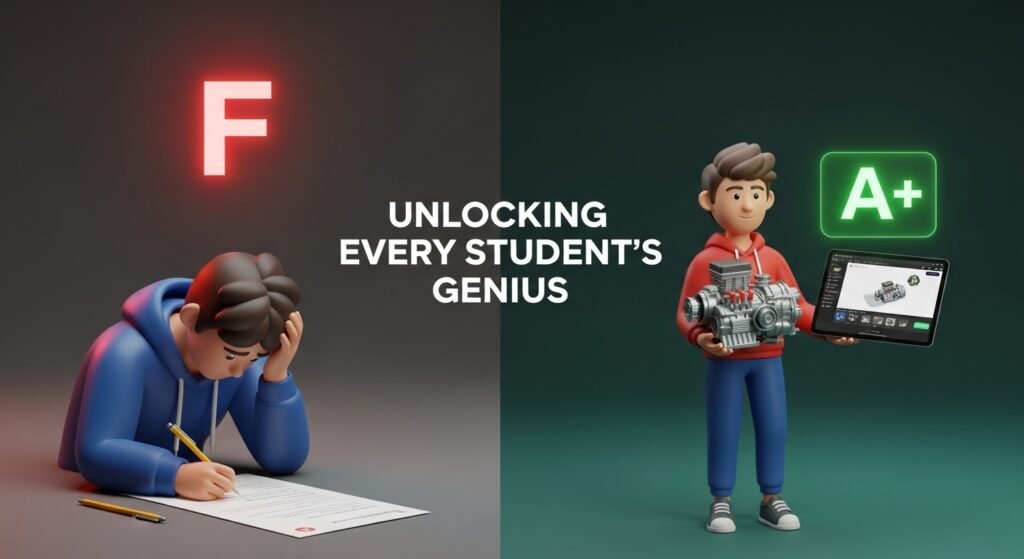
A Story from the Classroom: Meet David
Let me tell you about a student I once knew, we’ll call him David. David was brilliant with his hands. He could take apart and reassemble a small engine, but he was failing his English class. He was reading several grade levels behind and found writing long essays agonizing. In our traditional system, he was labeled as a struggling student, and his confidence was plummeting.
A shift to a Personalized Learning model changed his trajectory. His English teacher, Ms. Anya, recognized his mechanical talent. For their unit on technical writing, instead of having David write another essay he would fail, she allowed him to create a detailed, step-by-step instructional video on how to build a small motor, complete with a script he wrote and revised with her help.
For the first time, David was the expert in the room. The project leveraged his strengths to build his weaknesses. He was still practicing writing, sequencing, and clarity, but he was doing it in a context where he felt confident and capable. He didn’t just pass the assignment; he created one of the best projects in the class. That is the promise of Personalized Learning: seeing the whole child and creating a path for them to succeed.
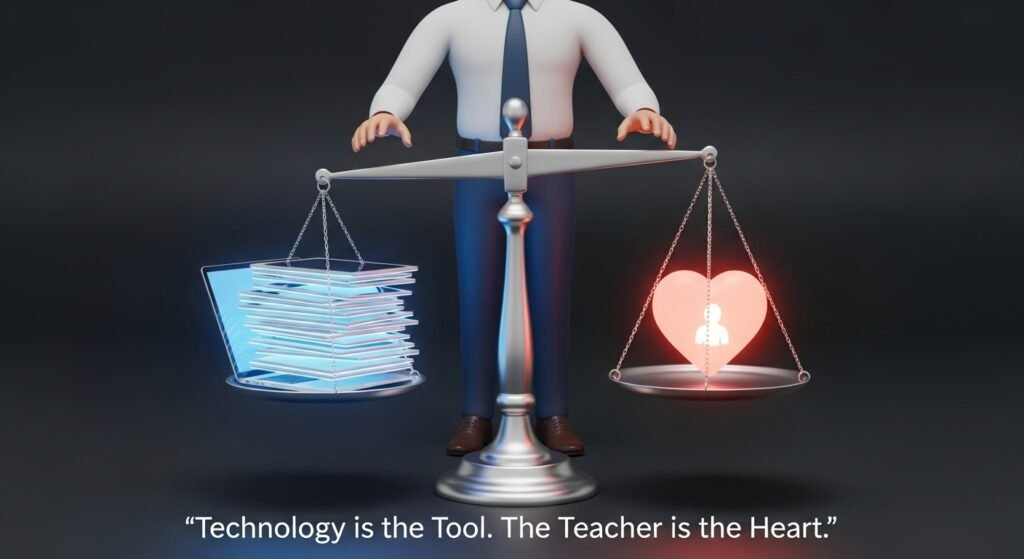
A Word of Caution: Personalized Learning is Not a Magic Bullet
For all its promise, Personalized Learning is not a simple fix. If implemented poorly, it can even widen the very gaps it’s meant to close.
- The Equity Trap: A model that relies heavily on technology can disadvantage students who lack reliable internet or devices at home. Equity must be the primary design principle, ensuring all students have access to the necessary resources and support.
- The Teacher Burden: Shifting to this model is a monumental task for teachers. It requires extensive professional development, collaborative planning time, and administrative support. We cannot ask teachers to personalize learning for 150 students without fundamentally changing school structures and providing them with the tools they need.
- The Human Connection: Technology should always be the servant, not the master. The most critical component of Personalized Learning is the relationship between the teacher and the student. Tech can help manage data and provide resources, but it can never replace the mentorship, encouragement, and inspiration of a great teacher.
Conclusion: A More Hopeful Path Forward
The achievement gaps in our schools are not a reflection of our students’ potential, but a reflection of our system’s limitations. A rigid, one-size-fits-all approach will always leave some children behind. Personalized Learning, when grounded in equity and a deep commitment to seeing every child as an individual, offers a more hopeful, more effective path forward.
It’s a journey that requires courage from administrators, immense support for our teachers, and a belief in the boundless potential of our students. But by redesigning our classrooms to meet students where they are, we can finally begin to dismantle the systemic barriers that have stood in their way and, in doing so, close the gaps for good.
If you could personalize one aspect of your (or your students’) learning experience tomorrow, what would it be and why? Share your thoughts in the comments below!
